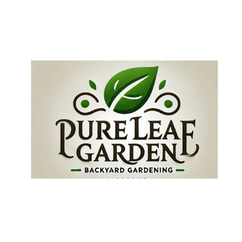Understanding Soil Types: A Beginner Gardener's Guide to Improving Your Garden Soil
Explore and learn the wide variety of soils. To better understand and help grow your garden.
3/12/20256 min read
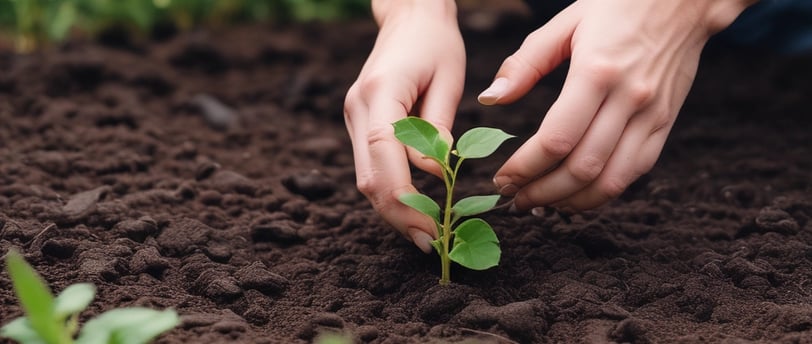

The Importance of Soil in Gardening
Soil serves as the essential foundation for any gardening endeavor, playing a crucial role in the growth and health of plants. Its quality directly influences various aspects of horticulture, including nutrient availability, water retention, and microbial activity. Healthy soil is rich in organic matter and teeming with beneficial organisms that contribute to a vibrant ecosystem crucial for plant growth.
One of the primary functions of soil is its ability to store and supply nutrients necessary for plant development. These nutrients, such as nitrogen, phosphorus, and potassium, must be present in adequate amounts for optimal growth. The availability of these nutrients is significantly affected by soil composition, pH levels, and organic matter content. If the soil is deficient in nutrients, plants may exhibit stunted growth, yellowing leaves, or even failure to thrive. Therefore, understanding the type of soil in your garden is vital for ensuring that plants receive their nutrient needs.
Water retention is another pivotal aspect influenced by soil characteristics. Different soil types, such as clay, sandy, or loamy soils, vary in their ability to absorb and hold water. While sandy soils drain quickly, clay soils tend to retain water. A balance between drainage and water retention is essential for plant health. Properly aerated soil allows for adequate water infiltration, which prevents root rot while ensuring that plants are hydrated during dry spells.
Moreover, soil serves as a habitat for countless organisms, including earthworms, bacteria, and fungi. These organisms contribute to soil health by breaking down organic matter, promoting nutrient cycling, and enhancing soil structure. They improve the soil’s aeration and drainage capabilities, which are crucial for root development. Overall, the critical functions of soil underscore why beginner gardeners must invest time in understanding the various types of soil and their implications on gardening success.
Identifying Different Soil Types
Soil is a fundamental component of successful gardening, influencing plant health and growth. To improve garden soil, it is essential for gardeners to identify the soil type present in their garden. The four primary soil types are sandy, clay, silt, and loamy soils, each with distinct characteristics that significantly impact drainage, texture, and nutrient content.
Sandy soil is composed of larger particles, resulting in a gritty texture. This type of soil drains quickly, making it challenging to retain moisture. Sandy soil is often low in nutrients, requiring gardeners to amend it regularly to support plant growth. However it should be used on the following plants due its good drainage and aeration:
carrots
cucumbers
potatoes
radishes
beets
etc
In contrast, clay soil is made up of much smaller particles that clump together when wet. This soil type tends to retain moisture, but its dense texture can impede drainage and result in waterlogging. Clay soil can be enriched with organic matter to enhance its fertility and structure.
Silt soil contains finer particles than sandy soil, providing a smooth texture and better drainage than clay. Although silt holds moisture well, it is more susceptible to erosion. Gardeners with silt soil should be cautious and implement erosion control measures. Loamy soil, often considered the ideal soil type for gardening, is a balanced mixture of sand, silt, and clay. It has excellent drainage capabilities while retaining sufficient moisture and nutrients, making it conducive for a wide variety of plants.
To identify the soil type within a garden, several simple tests can be employed. A common method is the soil jar test, where soil samples are mixed with water in a clear container. Allowing the mixture to settle reveals layers that indicate the proportions of sand, silt, and clay. Additionally, gardeners can examine soil color and texture by feel, determining the type through visual and tactile observations. Understanding these characteristics will enable gardeners to tailor their gardening methods effectively.
Assessing Soil Quality and Health
Understanding the quality and health of your garden soil is essential for achieving successful plant growth. Key indicators of soil health include pH levels, organic matter content, and microbial activity. To effectively assess these indicators, gardeners can conduct several key tests that will provide vital information for improving soil conditions.
The first step in assessing soil quality is measuring pH levels. Soil pH affects nutrient availability, and it is typically measured on a scale of 0 to 14, with 7 being neutral. Soils with a pH below 7 are considered acidic, while those above 7 are alkaline. To test soil pH, one can utilize a soil testing kit available at gardening stores, or send samples to a laboratory for more comprehensive analysis. Once pH levels are determined, adjustments can be made using soil amendments like lime—for acidic soils—or sulfur for alkaline soils.
Next, evaluate the organic matter content, which enriches soil by providing nutrients and improving its structure. High-quality soil should contain between 3% to 5% organic matter. You can estimate organic matter levels by collecting soil samples and analyzing them for compost or natural material presence. Adding organic amendments such as compost or well-rotted manure is beneficial for improving soil structure and fertility.
Finally, assessing microbial activity is crucial for overall soil health. Active microbes help decompose organic matter, release nutrients, and promote plant growth. Observing soil texture, odor, and even the presence of earthworms can indicate microbial activity. If your soil appears compacted and lacks life, consider incorporating plants that attract beneficial microbes or applying products that enhance microbial growth.
By understanding and evaluating these aspects of soil quality, beginner gardeners can make informed decisions regarding appropriate soil amendments and management strategies to foster a healthy gardening environment.
Improving Soil for Optimal Gardening Success
Improving soil quality is paramount for any gardener looking to cultivate a vibrant and productive garden. An effective way to enhance soil health is by incorporating organic matter. This includes materials such as compost, well-rotted manure, or leaf litter, which enrich the soil with nutrients while improving its structure. Adding organic matter increases the soil’s ability to retain moisture and supports beneficial microbial activity, both essential for plant growth.
Another strategy is to utilize cover crops, which are cultivated primarily to cover the soil rather than for harvest. These plants can prevent soil erosion, enhance soil fertility, and suppress weeds. They also contribute organic matter to the soil when incorporated, further boosting its health. Choosing the right cover crops, such as clover or rye, can also fix nitrogen in the soil, providing a natural fertilizer that supports subsequent crops.
Crop rotation is yet another essential practice to improve soil quality. By systematically varying the types of crops grown in a particular area, gardeners can break disease cycles, minimize pest problems, and improve soil fertility. For instance, planting legumes followed by leafy greens or root vegetables can help maintain soil nutrient levels and prevent depletion.
Applying mulch is also beneficial in maintaining optimal gardening conditions. Organic mulch, such as straw or wood chips, can help to regulate soil temperature, retain moisture, and suppress weed growth. As it decomposes, it incrementally adds organic matter to the soil, enhancing its overall health.
Lastly, integrating compost and natural fertilizers into your gardening routine will provide a consistent supply of essential nutrients. Compost, created from decomposed organic materials, adds a balanced nutrient profile and beneficial microorganisms. This holistic approach facilitates improved soil quality, resulting in robust plant growth and higher yields.
Organic soils we recommend:
Miracle-Gro Cactus, Palm & Citrus Potting Mix and Succulent Plant Food - Bundle of Potting Soil (8 qt.) and Liquid Plant Food (8 oz.) for Growing and Fertilizing Indoor Succulents
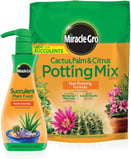

calcined Clay Soil Bonsai Cactus Soil Additive for Succulent Plants
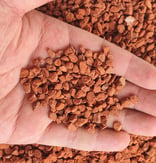

Organic Perlite for Plants, Soil Amendment for Enhanced Drainage and Growth, Ideal for Potting Mixes
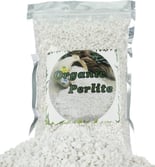

Soil pH Meter, MS02 3-in-1 Soil Moisture/Light/pH Tester Gardening Tool Kits for Plant Care, Great for Garden, Lawn, Farm, Indoor & Outdoor Use
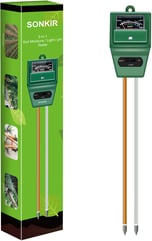

40 Pound Garden Magic Compost and Manure with Odor Free Blend and Naturally Moist and Fibrous for Lawn and Garden
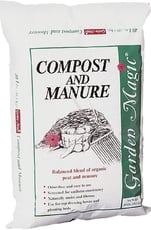

Root Treatment to improve nutrient uptake
DYNOMYCO Mycorrhizal Inoculant - Plant Growth & Root Treatment, Concentrated Mycorrhiza Formula, Boosts Nutrient Uptake, Mycorrhizae Plant Food for Resilience & Fertilizer
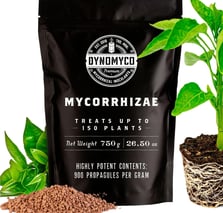

Organic Potting Soil | Ready to Plant Coco Coir Fully Loaded with Nutrients | 3 LBS Bag Expands to 12 Quarts of Indoor Outdoor Soil for Gardens & Plants | Incl Worm Castings, Perlite
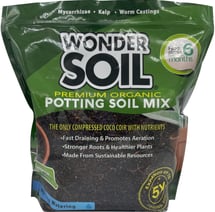

Fast Draining Pre Blend Plant Pumice, Lava, Calcined Clay, and Pine Bark Potting Mixed Plant Mixture by The Bonsai Supply
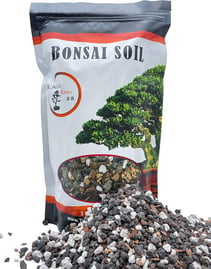

Organic Soil Builder & Fertilizer, Eco-Friendly Blend for Superior Soil Structure, Root Health, and Versatile Use in Small Gardens and Container Plants
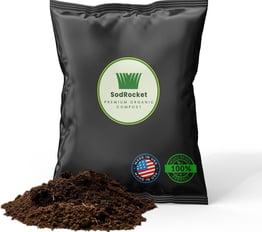

Sustainability
Eco-friendly supplies for nurturing your garden.
Cultivating
© 2025. All rights reserved.
